A five-year experiment to genetically modify deer ticks, or black-legged ticks, using CRISPR/Cas9 ends in success, marking a first in biology.


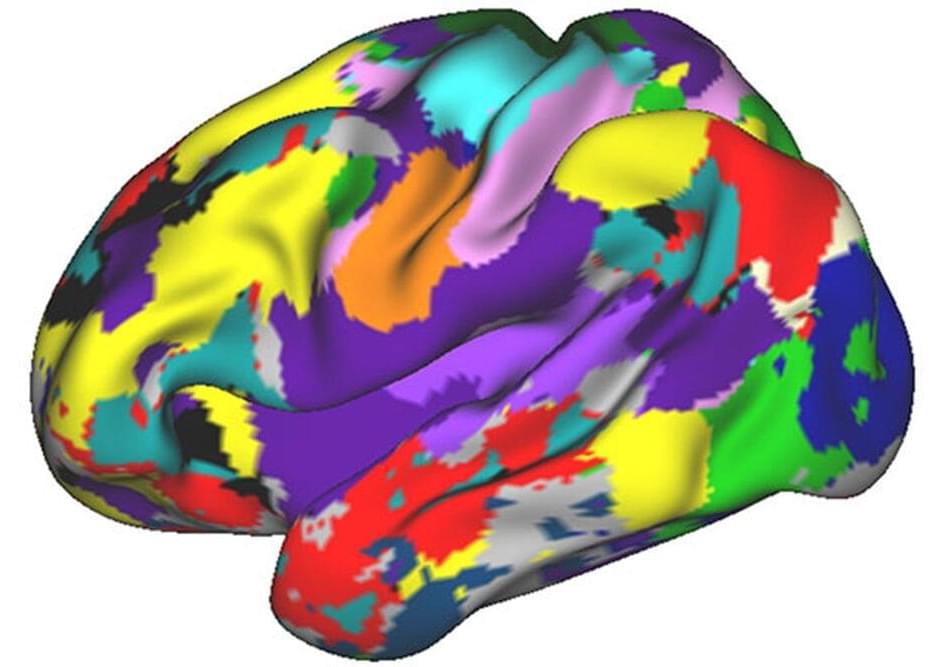
A quest to analyze the unique features of individual human brains evolved into the so-called Midnight Scan Club, a group of scientists who had big ideas but almost no funding and little time to research the trillions of neural connections that activate the body’s most powerful organ.
The research group started in 2013 by two neuroscientists at Washington University School of Medicine in St. Louis who aimed to collect a massive amount of data on individual brains. The study’s subjects were the scientists themselves and eight others, all junior faculty or graduate students.
Most efforts to analyze connections involve scanning many brains and averaging the data across groups of people. For this study, the researchers used brain-imaging techniques to evaluate brain networks that control speech and motor function, among other activities. The researchers examined individuals while resting and performing cognitive tasks such as reading.
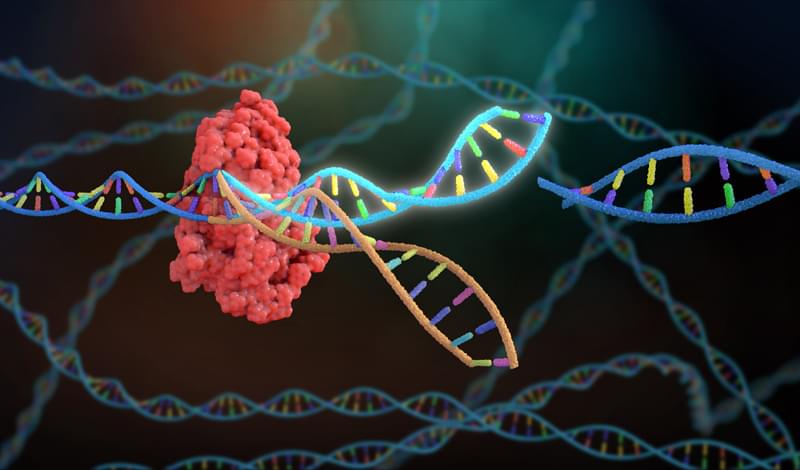
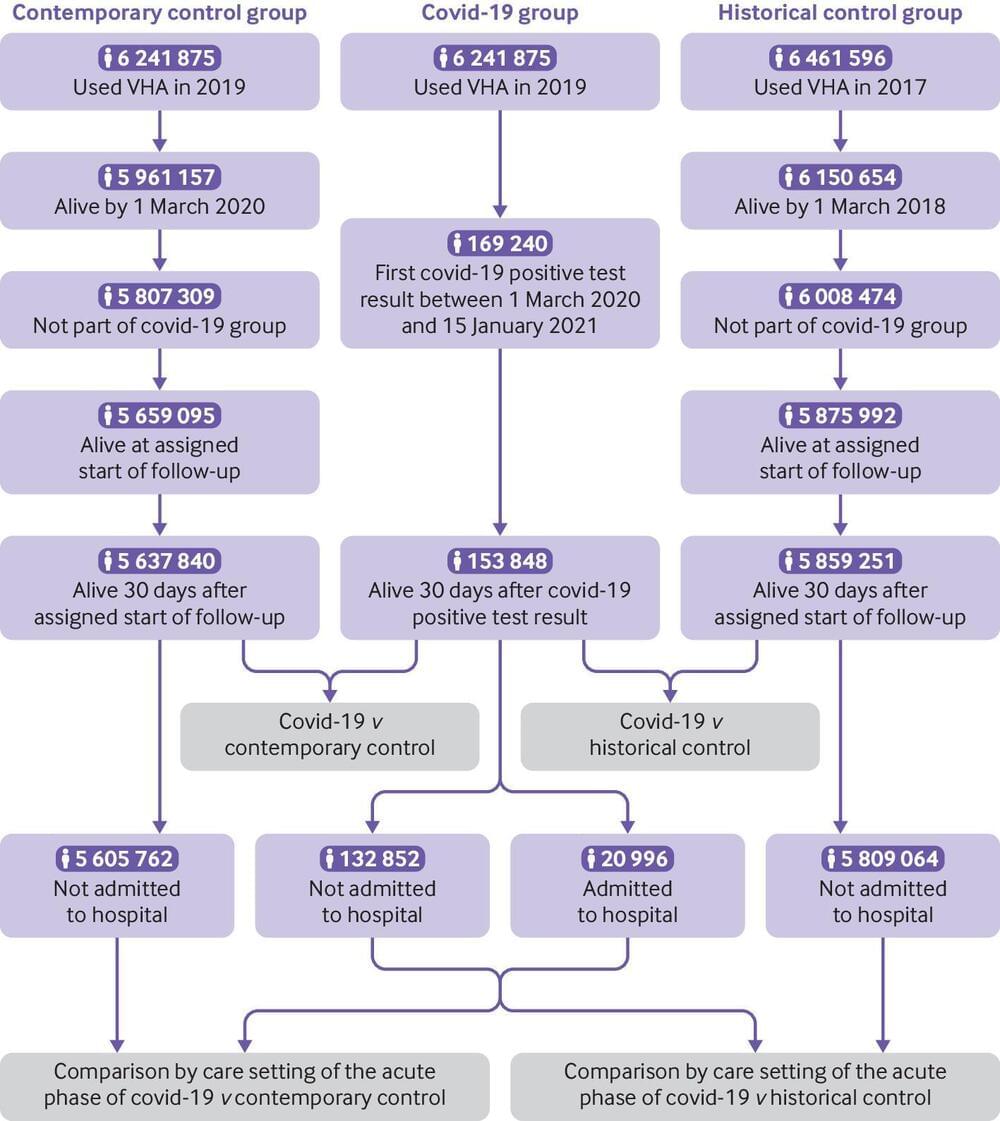
Objective To estimate the risks of incident mental health disorders in survivors of the acute phase of covid-19.
Design Cohort study.
Setting US department of veterans affairs.
Participants Cohort comprising 153 848 people who survived the first 30 days of SARS-CoV-2 infection, and two control groups: a contemporary group (n=5 637 840) with no evidence of SARS-CoV-2, and a historical control group (n=5 859 251) that predated the covid-19 pandemic.

😀 😍 circa 2018.
You know Chernobyl, right? The place of the biggest nuclear accident in the world? The are is so radioactive nobody lives in the vicinity anymore, and nearby plants are suffering major amounts of radiation. However, not everybody is sad about this event; a type of fungi (mushrooms) possess an ability beyond imagination: they can take the lethal radiation and use it as a source of energy to feed and grow. Researchers have called them radiotrophic fungus.
For some 500 million years, fungi have been inhabiting this planet, feeding on whatever they could finding, filling every biological niche they could find. But who could have actually guessed that they could feed on nuclear radiation? Researchers from the Albert Einstein College of Medicine (AEC) had a hunch, and they investigated it to test. They first got the idea after reading that samples brought from Chernobyl were filled with some black fungi growing on it.
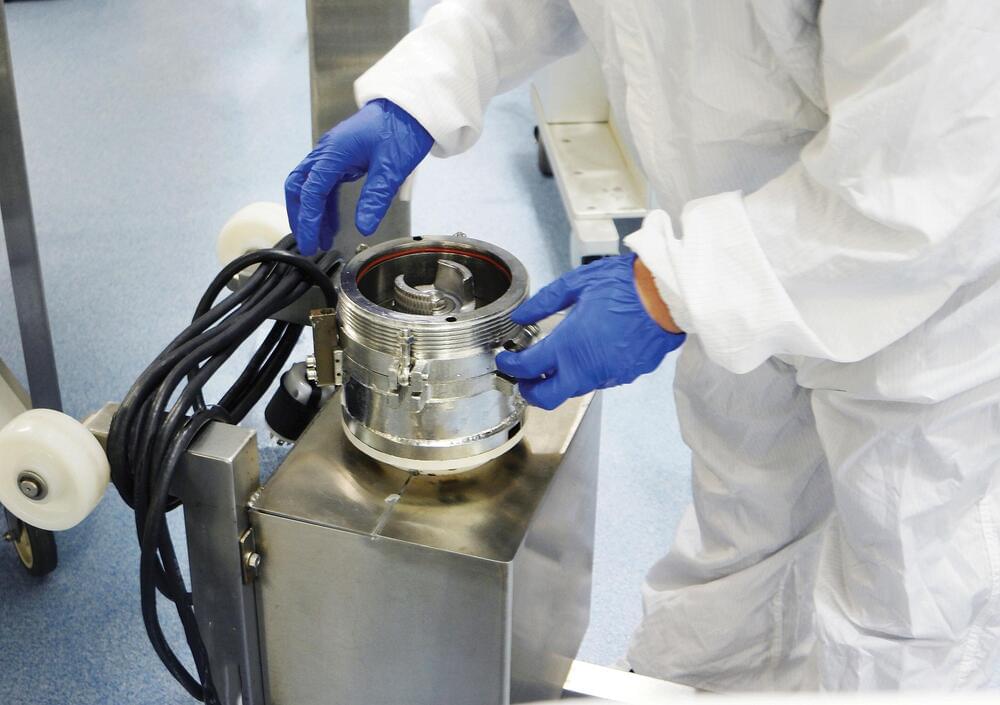
Medcalf: Because you’re moving away from the economics of scale to closer to the clinic, the batches are smaller and some of the traditional paradigms for quality assurance, such as proof of sterility, are harder to arrange. Thus, you need to have a manufacturing system that includes quality assurance within the system itself.
Automation is often presented as a way to remove the single largest source of infective risk, i.e. the human operator. For example, the self-sterilizing reusable units being developed at the University of Osaka under Professor Masahiro Kino-oka allow small-scale production with a high degree of confidence in the aseptic management of the environment.
Another challenge is defining a product that has variable characteristics. The main reason for decentralizing is to allow customization to a patient, which means you need to have a hierarchy of levels of specification. For example, with bioprinting, which also produces a customized product, you need to define bulk properties, but you also need to set constraints around how it’s anchored or implanted into the patient.
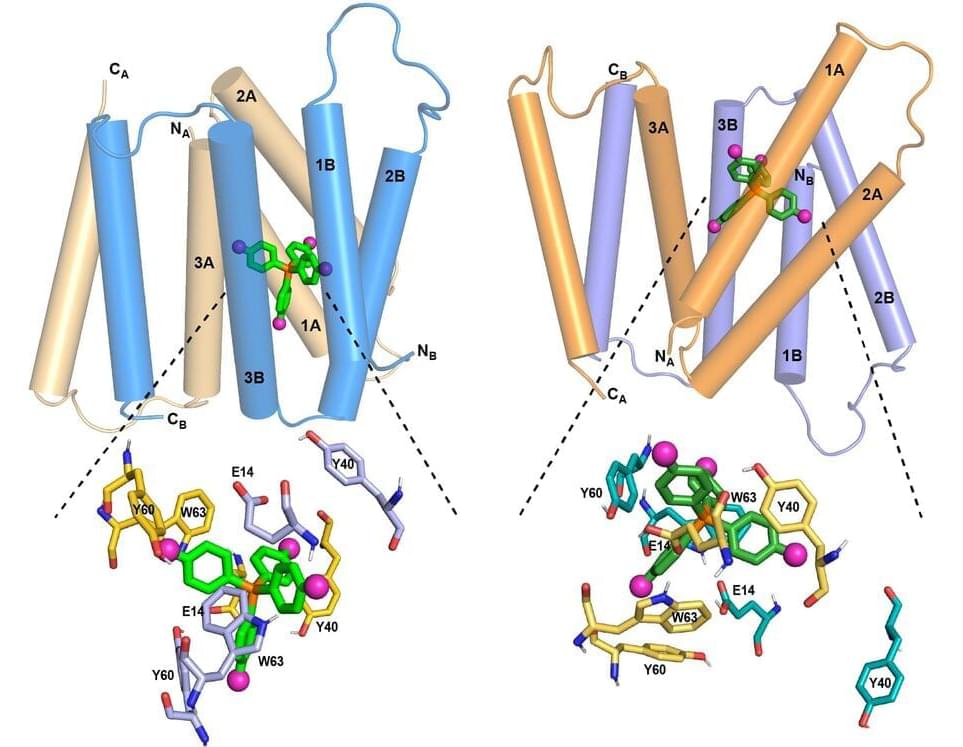
MIT chemists have discovered how the structure of the EmrE transporter changes as a compound moves through it. At left is the transporter structure at high pH. As the pH drops (right), the helices begin to tilt so that the channel is more open toward the outside of the cell, guiding the compound out. Credit: Courtesy of the researchers.
A new study sheds light on how a protein pumps toxic molecules out of bacterial cells.
MIT chemists have discovered the structure of a protein that can pump toxic molecules out of bacterial cells. Proteins similar to this one, which is found in E. coli, are believed to help bacteria become resistant to multiple antibiotics.
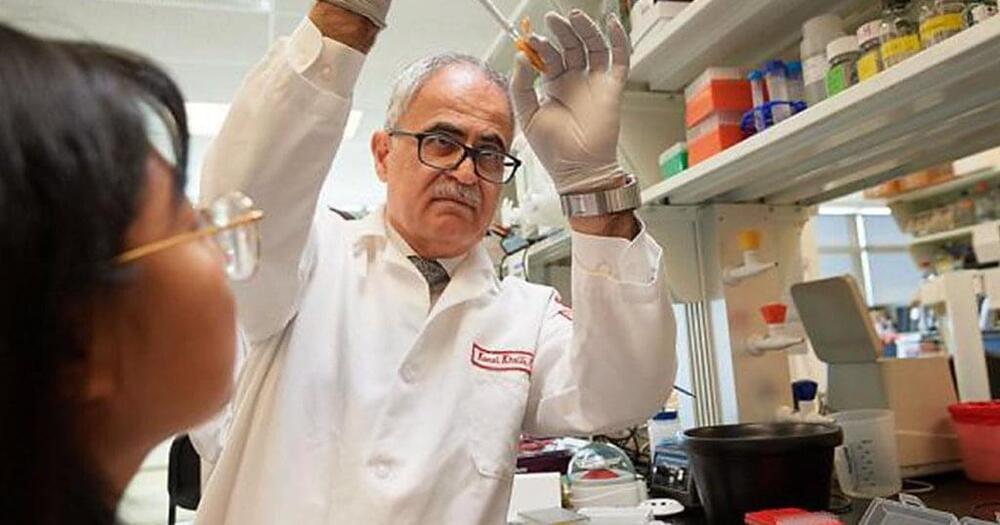
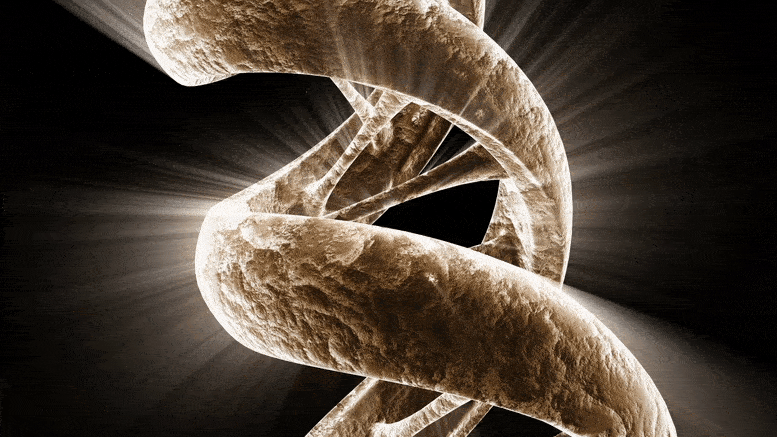
Epidemiological data have long linked depression with Alzheimer’s disease (AD), a neurodegenerative disease characterized by progressive dementia that affects nearly 6 million Americans. Now, a new study identifies common genetic factors in both depression and AD. Importantly, the researchers found that depression played a causal role in AD development, and those with worse depression experienced a faster decline in memory. The study appears in Biological Psychiatry, published by Elsevier.
Co-senior author Aliza Wingo, MD, of Emory University School of Medicine, Atlanta, USA, said of the work, “It raises the possibility that there are genes that contribute to both illnesses. While the shared genetic basis is small, the findings suggest a potential causal role of depression on dementia.”
The authors performed a genome-wide association study (GWAS), a technique that scans the entire genome for areas of commonality associated with particular conditions. The GWAS identified 28 brain proteins and 75 transcripts – the messages that encode proteins – that were associated with depression. Among those, 46 transcripts and 7 proteins were also associated with symptoms of AD. The data suggest a shared genetic basis for the two diseases, which may drive the increased risk for AD associated with depression.
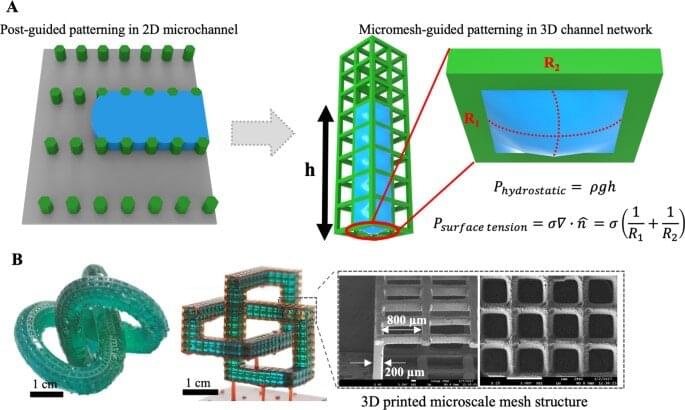
Bioprinting is widely applicable to develop tissue engineering scaffolds and form tissue models in the lab. Materials scientists use this method to construct complex 3D structures based on different polymers and hydrogels; however, relatively low resolution and long fabrication times can result in limited procedures for cell-based applications.
In a new report now available in Nature Asia Materials, Byungjun Lee and a team of scientists in mechanical engineering at Seoul National University, Seoul, Korea, presented a 3D hybrid-micromesh assisted bioprinting method (Hy-MAP) to combine digital light projection, 3D printed micromesh scaffold sutures, together with sequential hydrogel patterning. The new method of bioprinting offered rapid cell co-culture via several methods including injection, dipping and draining. The work can promote the construction of mesoscale complex 3D hydrogel structures across 2D microfluidic channels to 3D channel networks.
Lee et al. established the design rules for Hy-MAP printing via analytical and experimental investigations. The new method can provide an alternative technique to develop mesoscale implantable tissue engineering constructs for organ-on-a-chip applications.